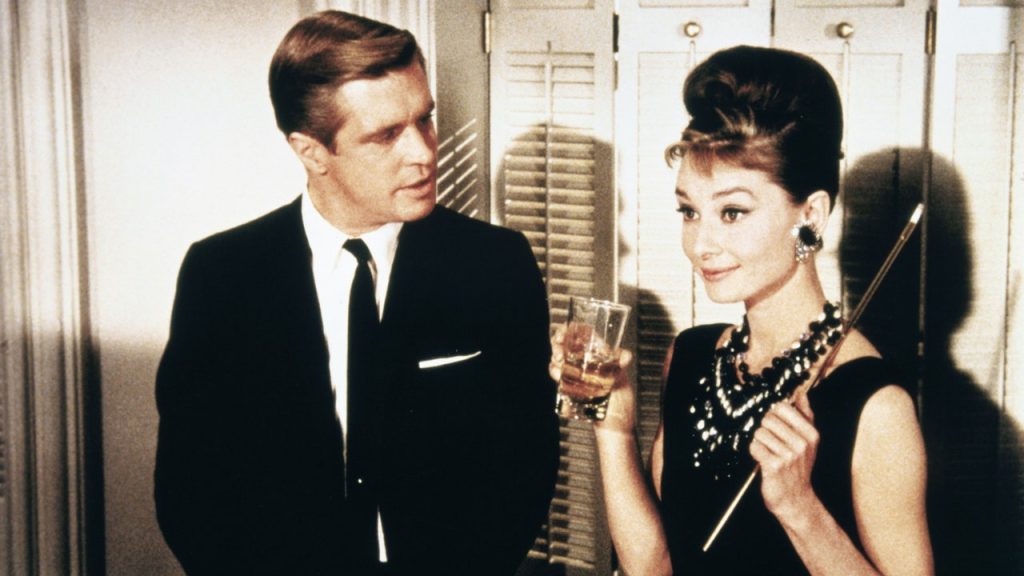Parisian couturiers have long been a significant influence on the American fashion industry, dating back to the 19th century. However, during World War II when Paris was occupied, this source of inspiration was no longer available. After the war, the fashion industry needed to revive, and women were eager to purchase new clothing. In the 1950s, cocktail dresses were popular and often made of fabrics such as black taffeta, satin, and chiffon, exemplified by Audrey Hepburn’s iconic look in Breakfast at Tiffany’s.
As the 20th century progressed, new trends emerged in cocktail attire. In the 1960s, mod styles dominated cocktail dresses for young women, while dressy suits also became acceptable for cocktail parties. The versatility of cocktail attire expanded as events came to embrace various dress codes, allowing for a range of outfit choices. Today, cocktail attire continues to evolve, accommodating different occasions, seasons, and hosts. While trousers are appropriate, denim is generally not recommended. Pairing pants with a sophisticated top or blouse can elevate the look, while patterns like florals are acceptable for spring or summer events.
When dressing for a cocktail attire dress code, it’s important to consider the specific requirements of the occasion. Some events may specify all-black attire, while others allow for more creativity. Collared shirts and ties are not mandatory, and tops can serve as a statement piece, adding color or patterns to the outfit. While suits are a classic choice for cocktail attire, they can be paired with a simple T-shirt for a more relaxed look. Ultimately, the key rule for dressing in cocktail attire is to err on the side of caution and opt for a slightly dressier ensemble than usual, especially for events like weddings.
Cocktail attire offers flexibility in suiting options, allowing for a range of choices depending on personal style and the event’s dress code. Whether wearing a dress or a suit, it’s important to choose pieces that make you feel confident and comfortable. By following general guidelines and considering the specific requirements of the occasion, individuals can create a stylish and appropriate cocktail attire ensemble. The evolution of cocktail attire over the years reflects changing fashion trends and social norms, highlighting the enduring influence of Parisian couturiers and the constant innovation within the fashion industry.


